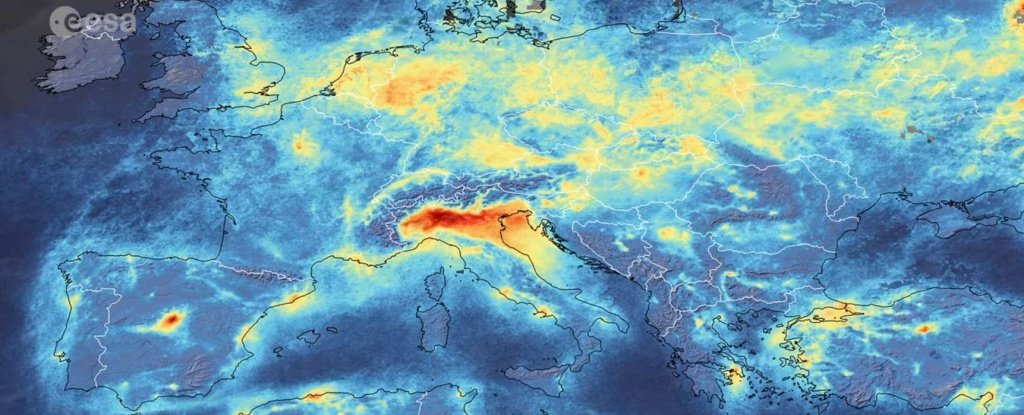|
By: Anya Shetty As of late, the world feels like it’s having one big anxiety attack. With the recent protests of the wrongful death of George Floyd against the backdrop of COVID-19, it feels almost impossible to think or talk about anything else. COVID-19 has been a prevailing issue, the main topic of news segments and newspaper articles for around 4 months now. Although lots of people know about COVID-19, not a lot of people know exactly where it came from - not just its origins in China- but exactly how it came to be. While it does seem to be a hassle and the last thing any of us needed, being the cause of many colleges closing, online graduations, waiting in outrageously long lines, and influx in zoom meetings and mask-wearing, it also plays a useful role in grasping climate change and the human environment. Now, you’re probably wondering from the title: What are the environmental humanities and what does it have to do with COVID-19? Well, like medicine has many sub-specialties, as do environmental studies. Among the study of how soil impacts carbon sequestration and the importance of rainforests is a field of environmental studies that closely examine the intersection of human activity or culture and the environment; that is the environmental humanities. As for its connection to COVID, the environmental humanities are possibly the most important part of looking at the beginnings of the virus.
We all know what a food chain is. The hawk eats the snake, who eats the frog, who eats the grasshopper, who then eats the grass. Food chains, while teaching us of the hierarchy of an ecosystem, also teach us about how things are more interconnected than they might seem. We can look at the food chain starting from the grass or, we can look at it starting from the hawk. Either way, we learn that the Earth works as a Rube-Goldberg machine of some sort, flowing and transporting energy, where one action impacts another one and impacts another one. We can especially see this Rube-Goldberg machine when looking at COVID-19. The most important lens of looking at COVID-19 however, is the environmental humanities lens. We need to apply concepts and studies of environmental humanities to fully comprehend COVID-19 and the Rube-Goldberg machine that is our Earth. The application of environmental humanities plays an integral part in understanding COVID-19, its genesis, and the factors that have enabled its spread. One aspect of environmental humanities that I derived from the websites is the examination of nature and culture and how the two interact and often overlap. When looking at COVID-19, the overlap of nature and culture had a key role in understanding the origins of the disease. The virus cultivated in a parasite that lived among the horseshoe bats in southern china; due to human activities like deforestation and the destruction of habitats, another species called the pangolin caught the parasite by having its habitat pushed closer to that of the bats coming into close contact with the same parasite. Humans came into close contact with the pangolin due to poaching and, once the parasite mutated and jumped to humans, COVID-19 became a global pandemic. Relationships between culture and nature, like the one mentioned previously, are an example of how environmental humanities can help comprehend how humans and our environmental abuse contribute heavily to such diseases and often breach beyond issues like climate change. While the natural sciences can help to understand the science behind diseases like COVID-19 and can help develop ways to treat it once it inhabits the human body, the best way to prevent an outbreak is to study how the health of humans and nature are linked. Once we fully get a grasp on how a disease emerges, we can then study how our activities contribute and modify our activities to be more sustainable.
1 Comment
|
TUGIWelcome to Seeds for Thought, the TUGI Blog where we will be highlighting incredible stories of environmental activists and change makers, environmental news, and tips to living a more green and sustainable lifestyle. If you are interested in learning more about what we are doing on a monthly basis, subscribe to our TUGI Newsletter. Archives
May 2021
Categories |
TUGI
|
|

 RSS Feed
RSS Feed
